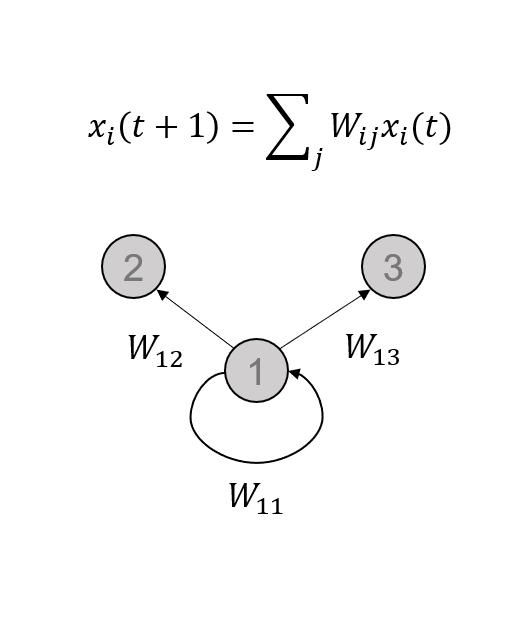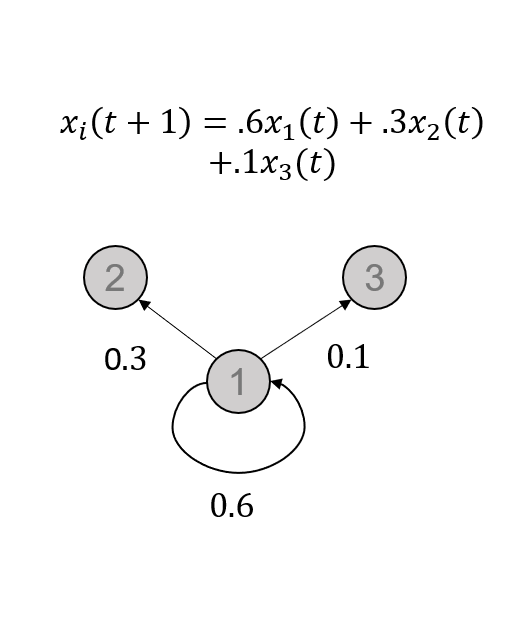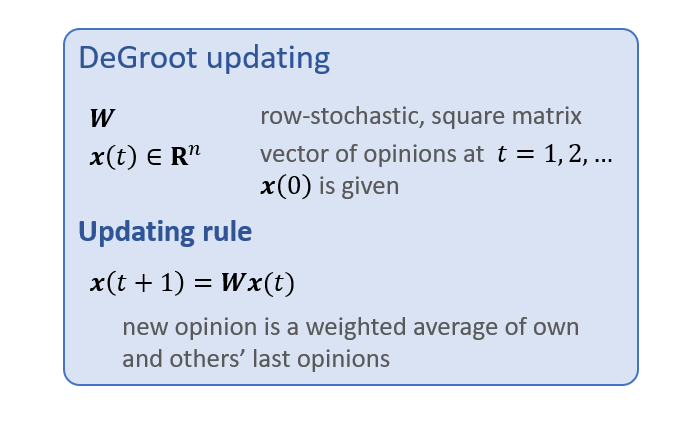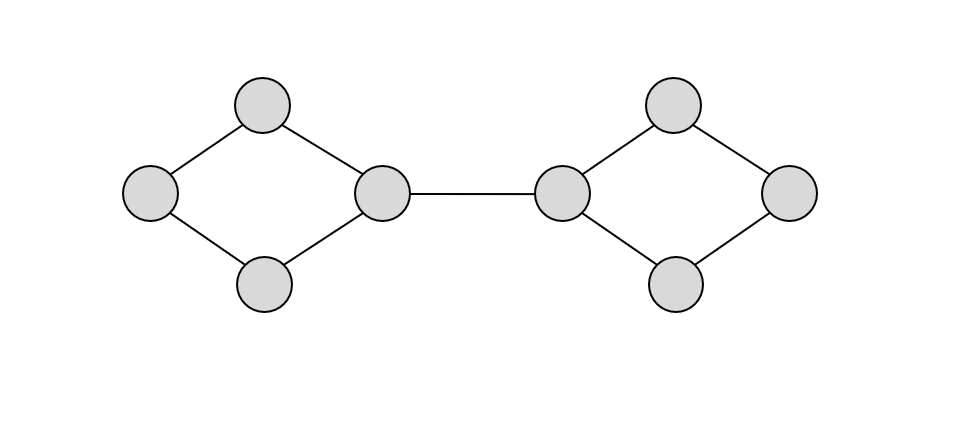
A polite, scathing, and comprehensive reply by @jasndoc and coauthors to the "ergodicity economics" of @ole_b_peters.
@NaturePhysics erred in not finding a referee who would ask these basic questions of the authors, but glad a reply is out there.
nature.com/articles/s4156…
1/
@NaturePhysics erred in not finding a referee who would ask these basic questions of the authors, but glad a reply is out there.
nature.com/articles/s4156…
1/

This thread gives my own gloss and expansion of some points Doctor et al. raise.
Peters and co think there is a hidden assumption of economic theory: specifically, they think expected utility theory secretly assumes a mathematical property called ergodicity.
This is false.
2/
Peters and co think there is a hidden assumption of economic theory: specifically, they think expected utility theory secretly assumes a mathematical property called ergodicity.
This is false.
2/
Expected utility theory makes 4 assumptions, which are stated precisely and concisely in every graduate textbook. Ergodicity is not among them.
EU is not the kind of theory that can hide assumptions: it is like Newtonian mechanics, not like Freudian analysis.
3/
EU is not the kind of theory that can hide assumptions: it is like Newtonian mechanics, not like Freudian analysis.
3/
(This formulation is due to @ShengwuLi.)
Indeed, basic Expected Utility Theory does not need to make any assumptions about time at all, because it is a static theory of decisions under uncertainty. EE can't deal with uncertainty at all: it wants to be all about time.
4/
Indeed, basic Expected Utility Theory does not need to make any assumptions about time at all, because it is a static theory of decisions under uncertainty. EE can't deal with uncertainty at all: it wants to be all about time.
4/
For infinite income streams, they think there is ONE TRUE UTILITY FUNCTION: the long-run time-average growth rate.
Their criterion applies only to the rare cases where that rate is deterministic: again, they can't think about uncertainty (~MuLtIpLe uNiVeRsEs~) at all.
5/
Their criterion applies only to the rare cases where that rate is deterministic: again, they can't think about uncertainty (~MuLtIpLe uNiVeRsEs~) at all.
5/
In any case, the grand theory they propose is a small special case of the (extant, rich) theory of dynamic choice, and mostly boils down to the Kelly criterion, which is a good idea from the 1950's and well-known in economics and finance.
en.wikipedia.org/wiki/Kelly_cri…
6/
en.wikipedia.org/wiki/Kelly_cri…
6/
Kelly and contemporaries understood this nice criterion could not accommodate either the full diversity of the dynamic choices people face or of the preferences they have.
Thinking through this led to the development of modern decision theory.
7/
Thinking through this led to the development of modern decision theory.
7/
The EE crew, in contrast, are stuck in a grandiose exaggeration and misunderstanding of one 1950's idea, thinking that it falsifies all economics since.
Some of them, led by @oliver_b_hulme, even think they have run an experiment falsifying EUT in favor of "EE."
8/
Some of them, led by @oliver_b_hulme, even think they have run an experiment falsifying EUT in favor of "EE."
8/
Doctor et al. demolish this misconceived and confused experiment, beginning with the point that the authors apply static EU in a dynamic context.
9/
9/

Doctor et al. also point out that it is trivial to falsify the predictions of ergodicity economics if you want, which is what you might expect with a theory that posits ONE TRUE UTILITY FUNCTION.
10/
10/

More fundamentally, Doctor et al. give Peters et al. the basic economics lesson they sorely need, pointing out that the dynamics of, say, household decision-making are more diverse and complex than can be accommodated in their zero-parameter theory.
11/
11/

Doctor et al. have done a generous thing, though unfortunately the learning will likely be lost on the EE crew itself. They are very committed to the bit, and the idea that their magic bullet will not restart all of economics is too bitter a fact to swallow.
12/
12/
In their commitment to the hope that they will redirect a mature field with a simple, known idea (and without engaging with current work on the same issues), they embody the main feature of scientific cranks.
13/
13/
While it was wrong of @NaturePhysics to give a big platform to such work without soliciting an expert critique, I'm grateful that @jasndoc and coauthors have contributed their time to setting the record straight.
14/14
14/14
Many thanks to @ShengwuLi and @PietroOrtoleva. Though they're not implicated in anything I say above, I am in their debt for helping me think through both what to say and how to say it!
• • •
Missing some Tweet in this thread? You can try to
force a refresh









